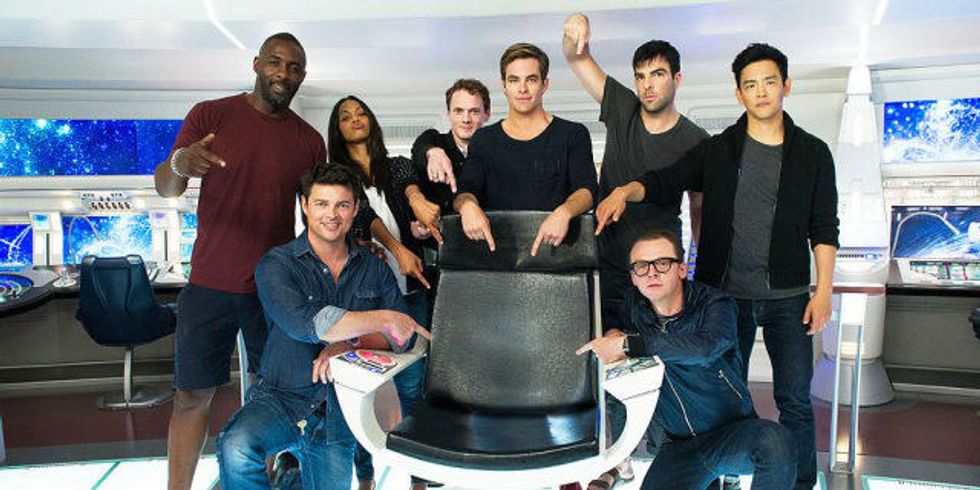Note: This article contains minor spoilers for "Star Trek Beyond."
This past Friday I watched the new Star Trek movie Star Trek Beyond. As I sat in the theater eagerly waiting for the film to start, I debated with my sister and grandmother whether or not this addition to the 21st century Star Trek trilogy would be worth the thousands, if not millions of dollars, that were spent in creating the movie.
It is common opinion that sequels to movies tend to be redundant. Most movie critics do not score sequels as high of a rating as the original, yet somehow the film industry finds the money to continue creating trilogies and sequels to all sorts of movies. Hence why this new edition to the Star Trek universe was produced. Directors and producers alike couldn’t resist the temptation to add on to the sci-fi world of the Federation and alien species engaged in seemingly everlasting war.
That being said, as I watched the ending credits scroll up the screen I felt an emotion that I didn’t quite expect: contentment. I pondered, “What was different about this sequel to Star Trek than any other sequel that made me feel content?”
As I walked out of the theater, it hit me. The reason why I was content with this film was not because of the great CGI effects or the cliffhanging plot, but it was how they focused on the relationships and characters’ growths that affected me so. Yes, great CGI and a cliffhanging plot are vital for a film to have a successful acceptance with the public. However, when you are ending a series of movies the most paramount characteristic a producer or director should focus on is the relationships between the characters and their individual growths.
An audience loves great CGI and an engaging storyline, but the relationships and the growths of the characters are long-lasting. It is easy to forget a funny line or an intriguing character, but when you watch a character cry over a lost loved one or cherish the presence of his/her friend you remember that for far longer. This is why "Star Trek Beyond" is a perfect illustration to how one should end a movie series.
When an audience partakes in the wild adventures in the newest Star Trek series they witness the characters in this futuristic universe go from the ignorant, ostentatious children to the mature, self-sacrificing adults that see one another as a brother or sister. In "Star Trek Beyond" the director captures precious moments between the characters, for instance when Spock confides in Bones or when Bones throws Kirk a surprise birthday party. It’s these moments that make me—and others—feel content.
For an ending to a sequel such as this, you want to leave these characters knowing that they are changed. A film doesn’t need a cliffhanger because directors and producers can always create more films, but to complete a trilogy, to conclude a story that has been around for decades must go beyond the expected ideas. It must reach to the heart and say, “These characters have changed. Some for the better, some for the worst, but they have changed.”
The characters themselves in "Star Trek Beyond" realize all what they have been through and who they have gone through the fire and flames with. As we leave this universe, we know that these characters aren’t the same as when we first found them. They traveled down the road less traveled by, and that has made all the difference.


















